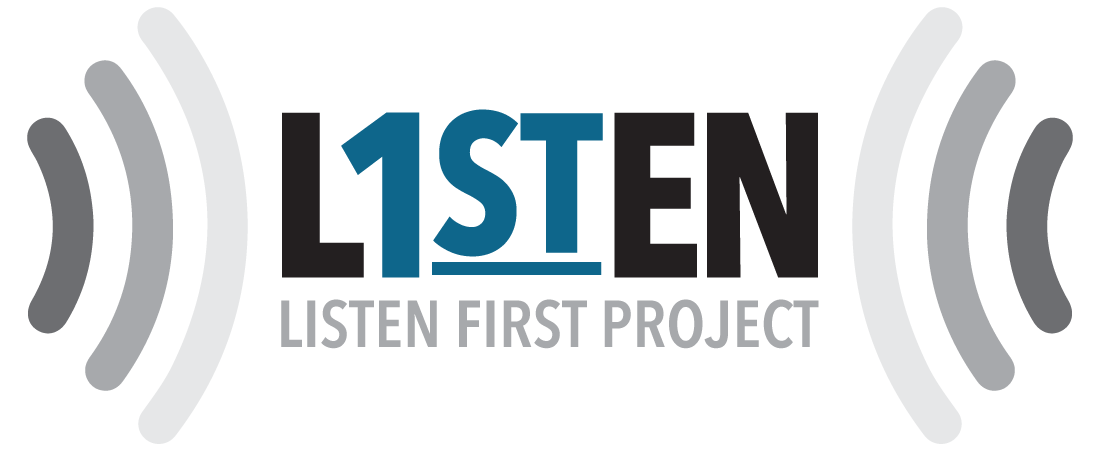If you’ve turned on the news or checked social media in the past few weeks, you’ve likely seen at least one story framing the nationwide protests as tearing communities apart, causing mass destruction, and exposing the sharp divisions in our country. There are indeed sharp divisions in our country, and some destruction of property has occurred. I believe, however, that much of the media’s coverage has been a function of the old media adage, “if it bleeds, it leads.” People enjoy consuming controversial content, even better if what it shows is violent. We enjoy contrasting our own groups—always correct, intelligent, and civilized—with the “strange” nature of “the other.” As a Minnesota native who has witnessed the epicenter of these protests first hand, however, my experience is quite different from what you may see on your nightly news coverage. It has been one of communities coming together despite the seemingly insurmountable obstacles in their way.
While I was born in the suburbs, I consider Minneapolis my home. Some of my fondest childhood memories are of time spent at Twins or Timberwolves games and exploring the city’s countless museums. As a college student, Minneapolis has shaped me into the person I am today. Whether it be volunteering in the community, experiencing the cultural confluence of places like the Midtown Global Market, or simply roaming the streets with friends on a summer evening, these experiences are foundational to my worldview. Although I had been away from Minneapolis since before the events of the past few weeks, I returned on June 5 to participate in a march. While riding around Lake Street (the area of Minneapolis where most of the protests, rioting, and looting occured) on my bicycle, I was struck by the stark dichotomy before my eyes. While the destruction was obvious—with the crumbled remains of burned businesses resembling images I have seen of war torn countries—there was also a tangible feeling of growth and opportunity.
I saw people helping each other sweep rubble from the streets, donation sites where community members had dropped off food and essential goods like diapers, and countless murals and signs. This juxtaposition of destruction and growth, sadness and happiness, separation and togetherness, has remained at the forefront of my mind. Later that day, while waiting for the march to begin, I watched as thousands of people of all ages, races, genders, and ethnic groups gathered into the plaza outside US Bank Stadium to listen to speakers and local musicians. The fact that such a diverse group could come together around a common cause is hopefully something in which we can all take solace.
As the march commenced and we made our way out of the city center into the surrounding neighborhoods, I was unsure of what to expect. I was happy to find that seemingly the entire community was in support. Handmade signs decorated the lawns and windows of nearly every house we passed. People perched on their front steps or reclined on lawn chairs offered calls of support, handed out water bottles, or simply raised a fist in the air as a symbol of solidarity. Even as we blocked traffic, cars honked in support, heads poked out of windows to yell encouragement, or, at worst, they simply turned their car around quietly and went to find a detour.
When we reached the intersection of 38th and Chicago, outside of the grocery store where George Floyd was murdered, I was once again struck by the contrasting images before me. On one side of the street, stores covered in freshly painted murals commemorating George Floyd and others who have died at the hands of police officers were surrounded by people solemnly paying their respects. In the surrounding streets and parking lots, however, was what could only be described as a block party—a celebration of life.
Neighbors handed out free food as the smoke from dozens of grills cooking hamburgers and chicken wafted over the crowd. A DJ spun dance records, a man with a Polaroid snapped photos, and community organizers delivered speeches from atop a stage. Towering above all of this was the Speedway sign—previously used to advertise deals on hot dogs and soft drinks—now emblazoned with black letters reading “George Floyd Square.” The imagery of a man’s name rising from the same concrete where he was pinned, pleading for his life, for nearly nine minutes sent a powerful message from the people of Minneapolis. They had reclaimed this tragic event and transformed it into a time of healing and togetherness.
It’s devastating that the impetus for this community building was the loss of a life, and obviously nothing that is done now will bring George Floyd back to his family. But the sense of community and the hope for a better future that I’ve witnessed in Minneapolis these past weeks has been unlike anything I’ve seen before. From the ashes of the destruction, the opportunity for new growth is one that we cannot fail to pursue. Particularly in the midst of a global pandemic that has separated us for months, the need for connection—real, authentic, human connection that transcends arbitrary divisions—is at an all-time high. I think we can all benefit from considering the example set by those in Minneapolis and what we can do in our own lives to begin #WeavingCommunity.

